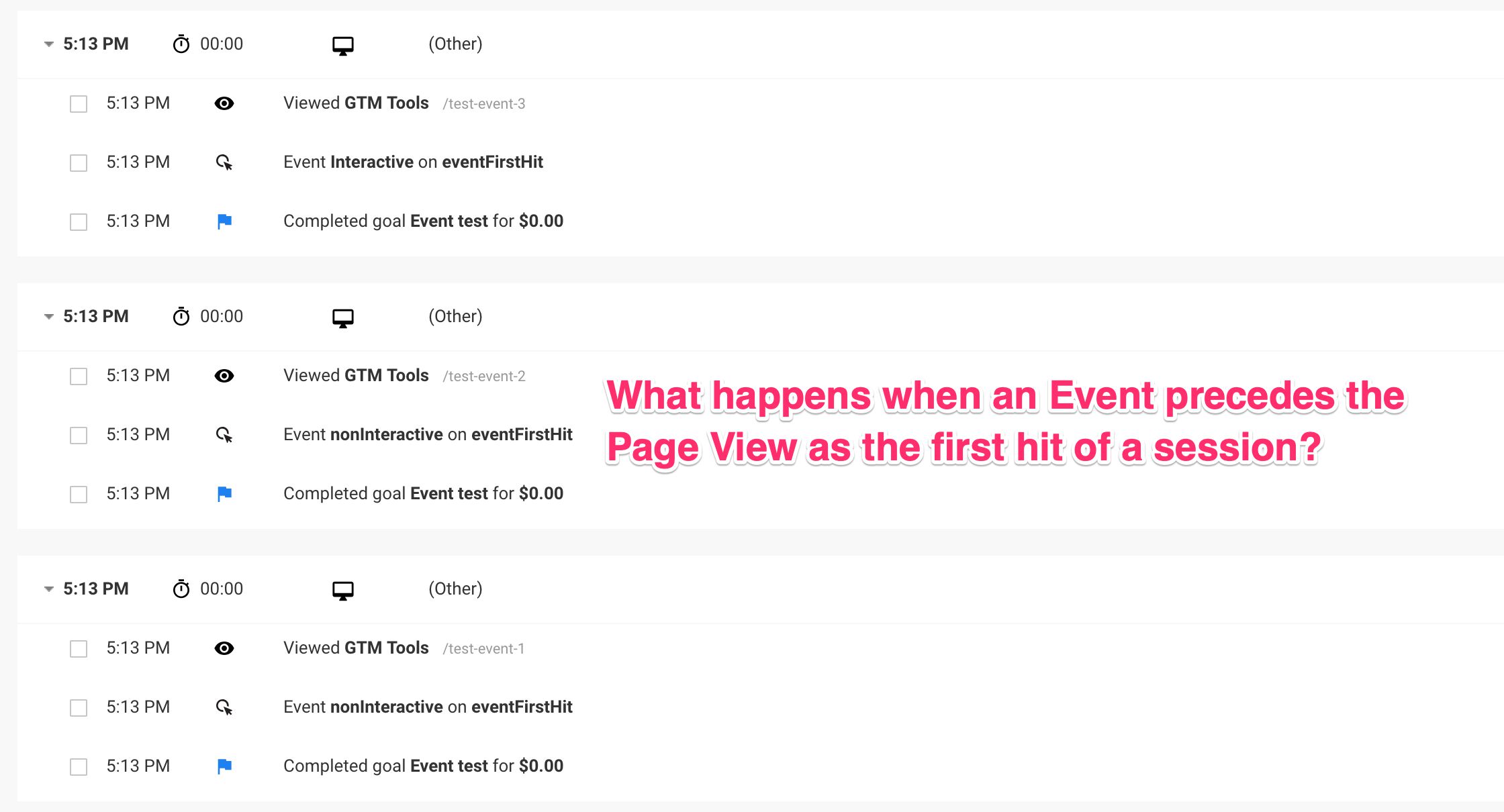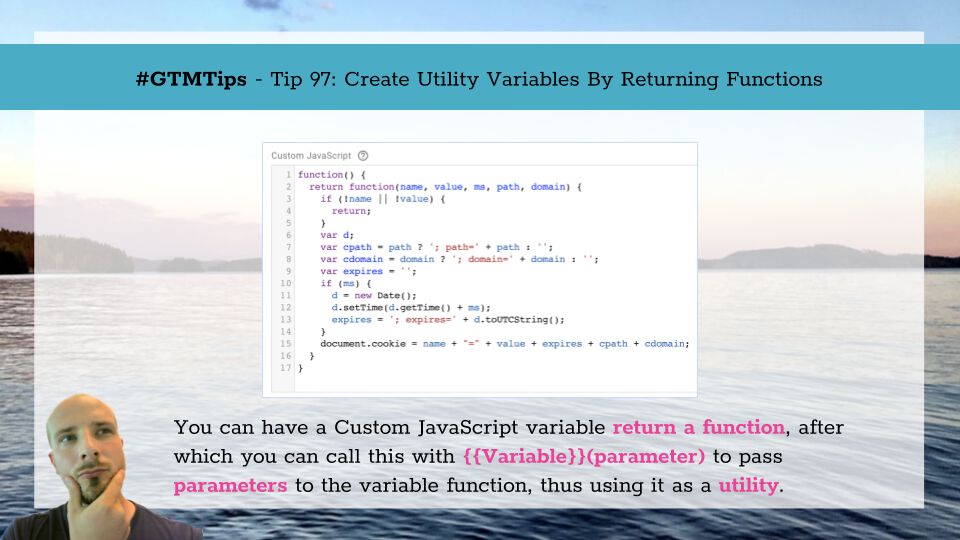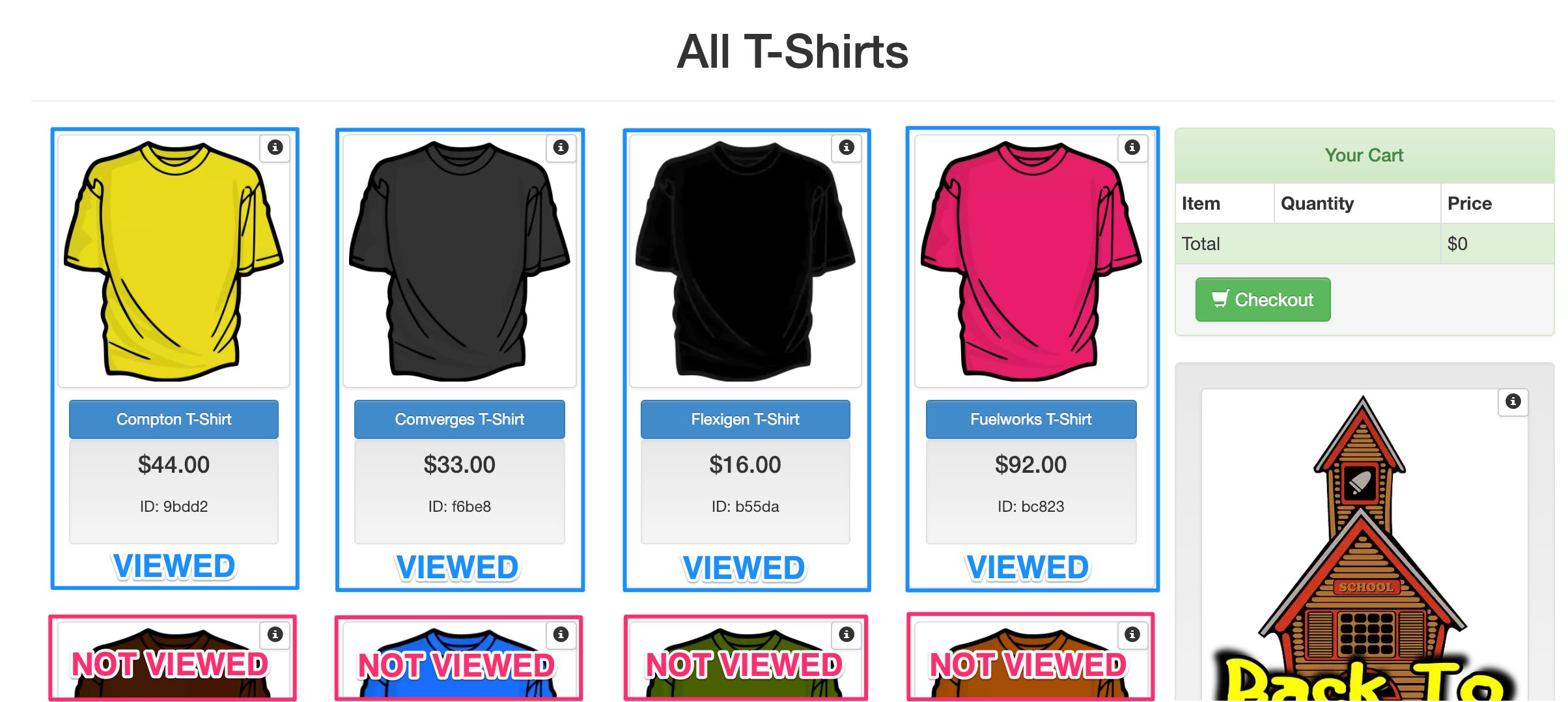One of the myths surrounding Google Analytics is that the first hit of a session should always be a pageview. It makes sense - sessions are initialized with a landing page, and thus need a page view to have one.
However, in this article I want to show you empirically how this myth is just that - a myth.
There is little discernible impact if the first hit of a session is an event, and GA is more than capable of stitching the first event together with the subsequent pageview into a session entity.






